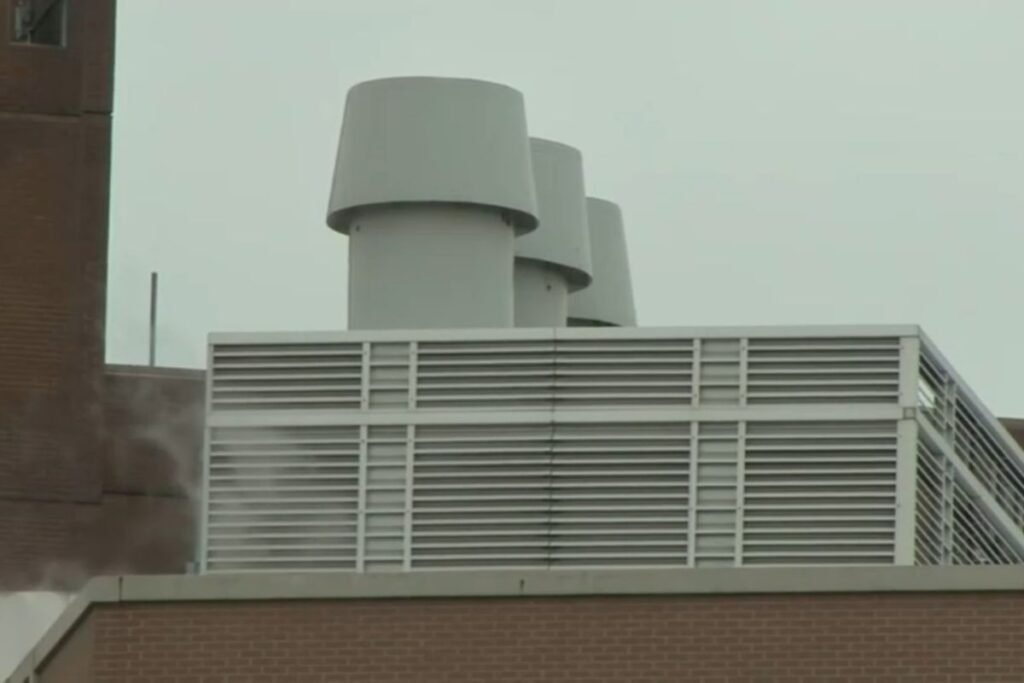Inspections for Legionella bacteria in NYC Cooling Tower have dropped to their lowest level since before the pandemic, just months before an East Harlem Legionnaires Outbreak’ disease that has killed three people and sickened 73 others. City health officials say the decline is due to a shortage of inspectors, raising concerns about public health readiness and the city’s ability to prevent similar incidents.
Declining Oversight Raises Concerns
The Department of Health and Mental Hygiene (DOHMH) reported conducting only 1,167 inspections as of June 2025—less than half the number in 2017, the first full year of inspections under new city laws. That year, inspectors checked 5,200 towers and issued over 48,000 violations.
This year’s inspection rate is the lowest on record outside the pandemic years of 2020 and 2021, when city services were disrupted. Violations are also on track to hit a record low, with only 269 issued by April. The figures reflect a broader trend: since 2022, annual inspections have fallen by between 22% and 30% each year, despite the law requiring building owners to perform quarterly tests.
A 2015 outbreak in the Bronx that killed 16 people prompted legislation requiring property owners to register cooling towers and test for Legionella every three months. The law, however, does not mandate how often the city must conduct its own inspections, leaving enforcement largely dependent on staffing and resources.
Legionnaires Outbreak Staffing Shortage Limits Capacity
DOHMH spokesperson Chantal Gomez said the drop in inspections stems from a shortage of inspectors, but did not provide details on staffing levels or hiring plans.
City records show that about 1,900 of New York’s 4,928 registered cooling towers have not been inspected since 2023, and 85 have no record of inspection by the city. These towers are critical infrastructure for large residential and commercial buildings, circulating water through air conditioning systems and releasing vapor into the air. Without proper treatment, this warm water can harbor Legionella bacteria and increase the risk of airborne transmission.
East Harlem Outbreak Highlights Risks
The East Harlem Legionnaires Outbreak began in late July and has caused three deaths so far. Acting Health Commissioner Michelle Morse said that inspections conducted after the outbreak helped contain its spread, but did not address whether more frequent checks might have prevented it.
“From my perspective, there is of course always more that we can do to advance our prevention efforts, and this is why investing in public health is so important,” Morse told WNYC on Wednesday.
Legionnaires Outbreak ’ disease, a severe type of pneumonia, is contracted by inhaling vapor containing Legionella bacteria. Symptoms include cough, fever, chills, muscle aches, and difficulty breathing. While treatable with antibiotics, the disease can be deadly, especially for older adults and people with weakened immune systems.
Public health experts say consistent inspections remain a critical defense in a densely populated city like New York. The recent outbreak has renewed calls for the city to strengthen enforcement, expand inspection capacity, and invest in prevention measures to safeguard residents.
Also Read ;- Harlem Legionnaires Disease Outbreak: 1 Dead, 22 Infected as NYC Investigates Cooling Towers









